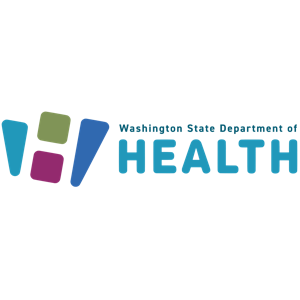The Washington State Department of Health (DOH) aims to develop programs and services to help prevent illness and injury, promote healthy places to live and work, provide information to help people make good health decisions, and ensure Washington state is prepared for emergencies.
Approach for the Third Workshop - Quality Assurance Testing (WAC 246-70-050)
Since the last meeting, our team has evaluated feedback from participants and others, discussed policy options, and drafted language for Quality Assurance Testing under WAC 246-70-050. We are finalizing draft language and compiling an overview of proposed changes and questions we want to ask you.
1-2 weeks prior, we will send materials for the workshop. You will have an opportunity to share input in writing as well as during the workshop.
We will also discuss steps for the next workshop, during which we hope to cover Labeling and Logos (WAC 246-70-060 and -090).
from the event announcement (Jun 11)
